Why are wildlife experts all around India talking about stray dogs? Read on to see how the humble stray dog is wreaking havoc on our vulnerable fauna
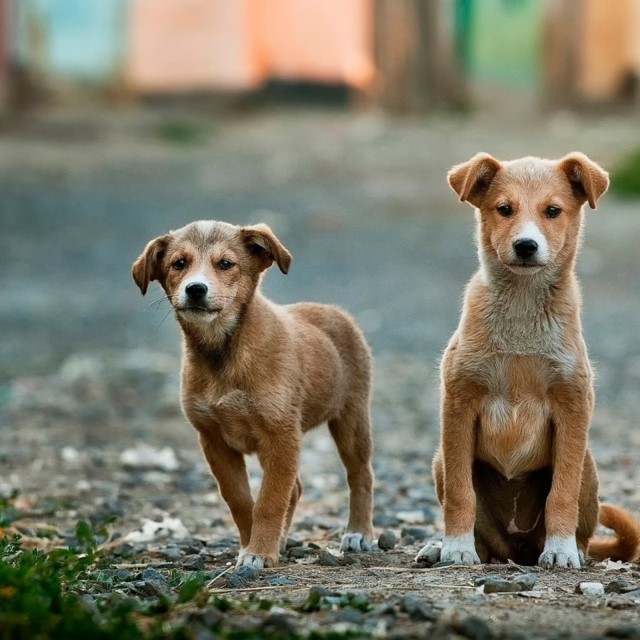
Dogs may be a mans best friend but are slowly emerging as a deadly problem for our vulnerable wildlife. A recent survey in India reported dog attacks on over 80 species, including threatened ones such as the golden langur, the great Indian bustard and the green sea turtle. Nearly half of these attacks take place in or around protected areas.
As a group, dog populations are seeming like another man-made disaster - with the constant expansion of our cities and bad garbage management being the main culprits, there are an estimated 60 million-plus dogs in India (this is the fourth-highest number in the world). We all know that excess of anything is disruptive. This overpopulation of un-owned free-roaming packs of dogs has expectantly had a very detrimental impact on the sensitive ecological balance of our forests.
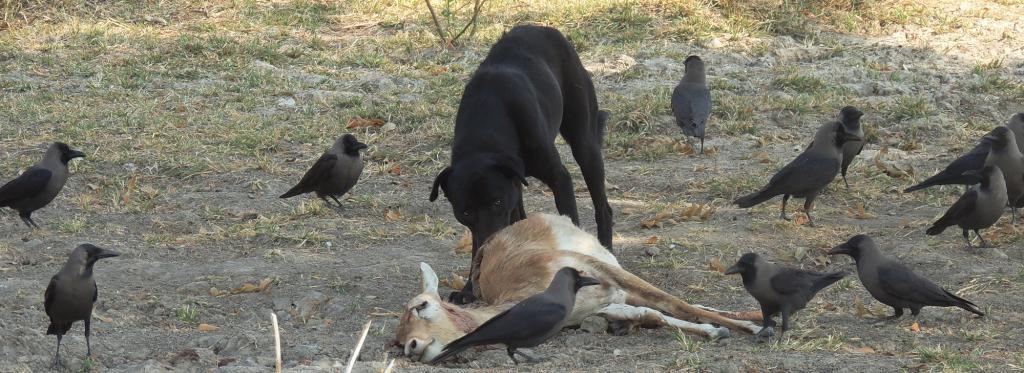
Known reservoirs of epidemic-causing infectious pathogens, feral dogs are responsible for the transfer and mutation of many deadly viruses like rabies and distemper to wild canid populations. Many are calling for a rethinking of both dog population management and dog ownership policies in India to address the threat of dogs to the wildlife in India due to factors like disease control, hybridisation and of course actual attacks on endangered birds and mammals.
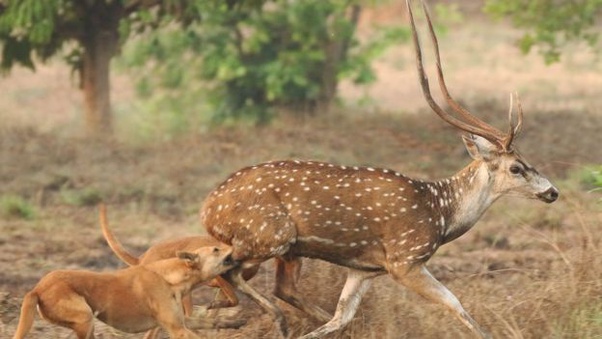
Many experts specifically have cautioned that dogs may be directly responsible for the near extinction of the Great Indian Bustard and the Black Necked Cranes (BNCs). Neeraj Mahar, a researcher from the Wildlife Institute of India, who has studied the birds of Changthang, says that he has himself encountered dogs feeding on the chicks and eggs of BNC and Bar-headed Goose as well.
The Changthang Wildlife Sanctuary in Ladakh is home to rare species like the Snow Leopard, Urial, Kiang and the Himalayan Marmot. Thanks to tourism and bad garbage management, they now share the sanctuary with 3500+ stray dogs who threaten each of the above species. Yes, even the mighty snow leopard!
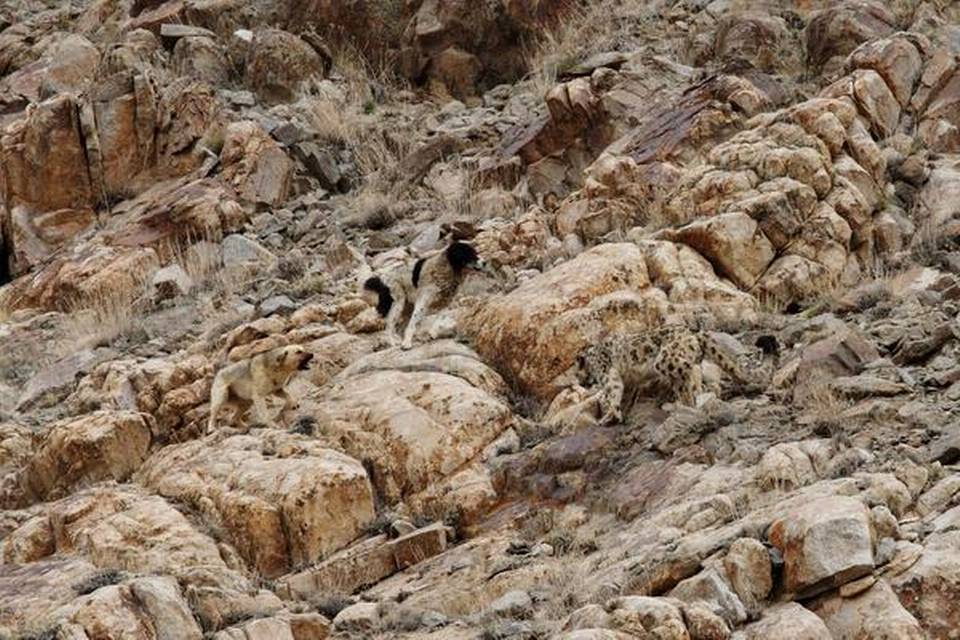
This was not quite the picture conservationist Narendra Patil expected to capture when he set out with his camera one morning this May to track this particular snow leopard that had just been radio-collared near Leh’s Saboo village. “I was driven by curiosity to see the animal. But what I saw was very unexpected,” says Patil. “The dogs were many, nearly half a dozen, they were furiously barking at the cat, clearly combative.” The canines were vying for a cattle kill the leopard had made the previous day. Patil watched as the cat climbed higher up the mountain, the dogs close at heel. "The chase must have lasted several minutes after I left, and the leopard was likely deprived of its kill," says Patil.
Controlling the feral dog population in a region like Ladakh should be fairly simple, says co-author of the Animal Conservation paper, Abi Tamim Vanak, a wildlife scientist with the Ashoka Trust for Research in Ecology and the Environment. “Ladakh has an advantage in its seasonal bottlenecks. The winter is harsh, there is no tourism or garbage generation. So essentially, we need to curb access to garbage in summer.” Sterilisation, on the other hand, is unlikely to be successful in a terrain like this where dogs would be nearly impossible to capture. In places where critical wildlife exists, such as Ladakh, says Vanak, wildlife departments should be authorised to remove dogs from the habitats by suitable means.
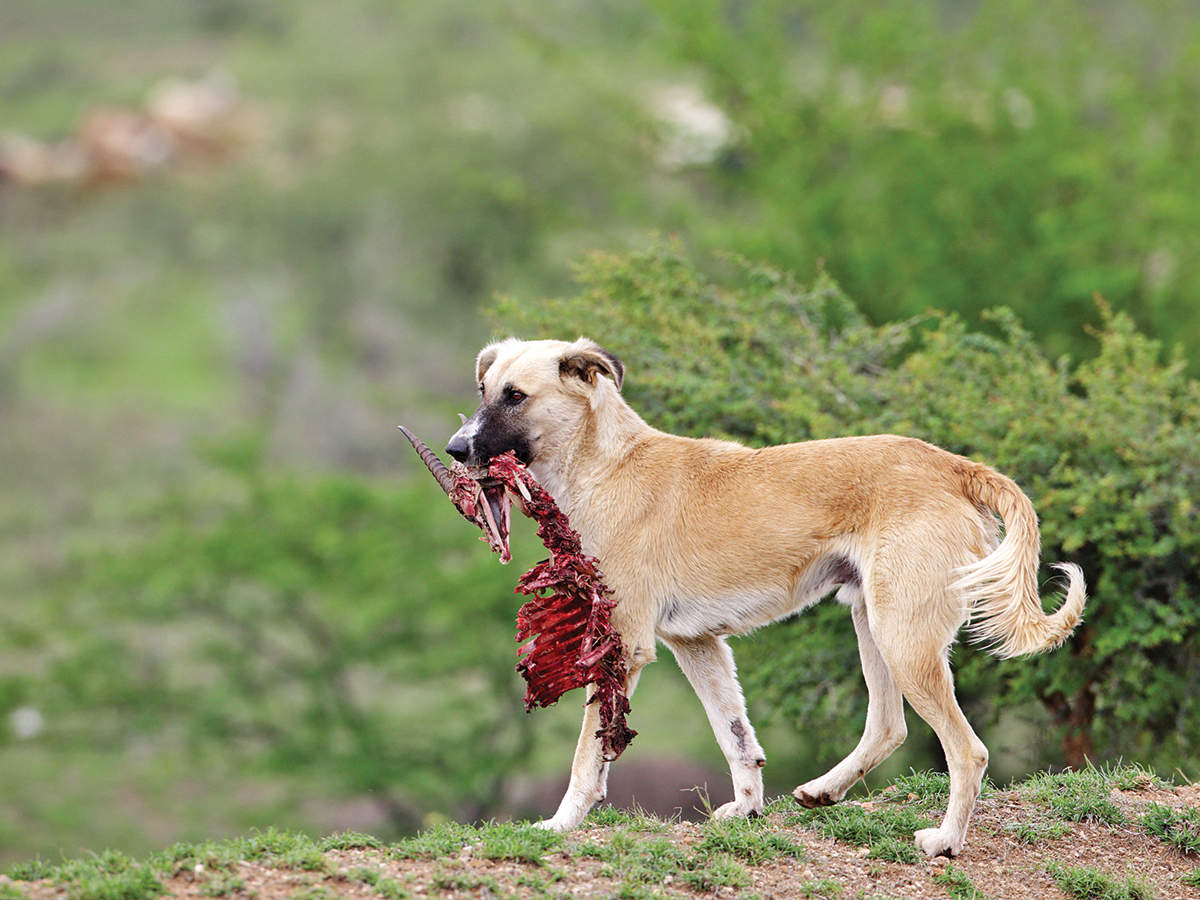
In Rajasthan's Thar desert, nearly 75 per cent of chinkaras (Indian gazelle) fall prey to domestic dogs, according to G.S. Bhardwaj, Chief Conservator of Forests and Field Director of the Sariska Tiger Reserve. "Most of the mortalities happen in rural areas due to domestic dogs causing direct predation, fear-mediated behavioural changes, direct food competition, hybridisation and disease transmission," he said. He maintained that domestic dogs have contributed to 11 vertebrate extinctions and are a known or potential threat to 188 threatened species worldwide. Road accidents account for 8.39 per cent of the injuries to gazelles. However, free-ranging dogs remained the dominant factor and the question is how to curb their increasing menace, Bhardwaj said.
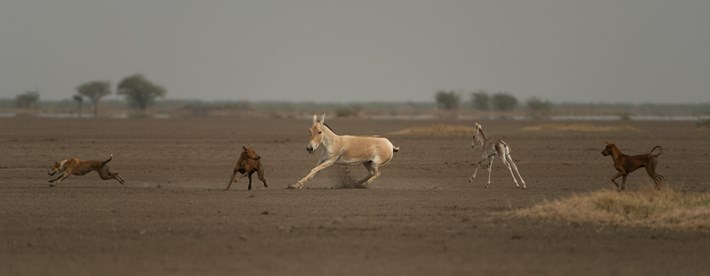
Conservation scientists and wildlife conservationist countrywide seem to agree over the evident impact of free-ranging dogs on humans and wildlife either through direct killing or due to the many other factors. Many demand population control programs in protected areas to aid our already struggling wildlife.
While we struggle to even accept the problem at hand, it's hard to ignore the fact that promoting the existence of homeless/feral dogs out of 'love for animals' is borderline speciesist and ignorant to the misery and suffering the dogs themselves go through for survival with the limited resources given their overpopulation in most regions, but that's a whole other can of worms.
Tackling this mammoth issue doesn't have a clear path yet, but the first step would be acknowledging the problem we've created. Knowingly or unknowingly our actions as a whole have caused the unnatural surplus of one species that is wreaking havoc on many others, who may be too weak to survive. Is that natural selection in action or just another addition to our long list anthropogenic hazards?
https://www.thehindu.com/sci-tech/energy-and-environment/in-ladakh-the-snow-leopard-has-a-new-foe-feral-dogs/article28294567.ece & https://www.downtoearth.org.in/blog/wildlife-and-biodiversity/india-s-wildlife-is-under-threat-from-free-roaming-dogs-70648 &